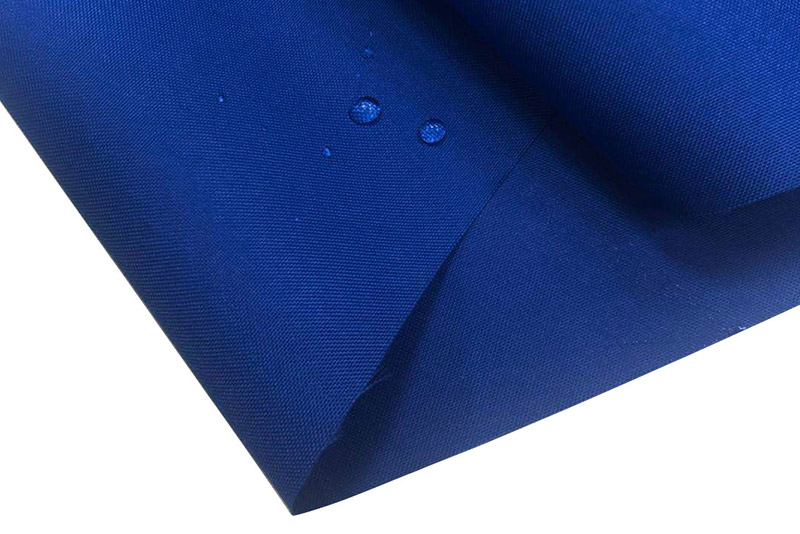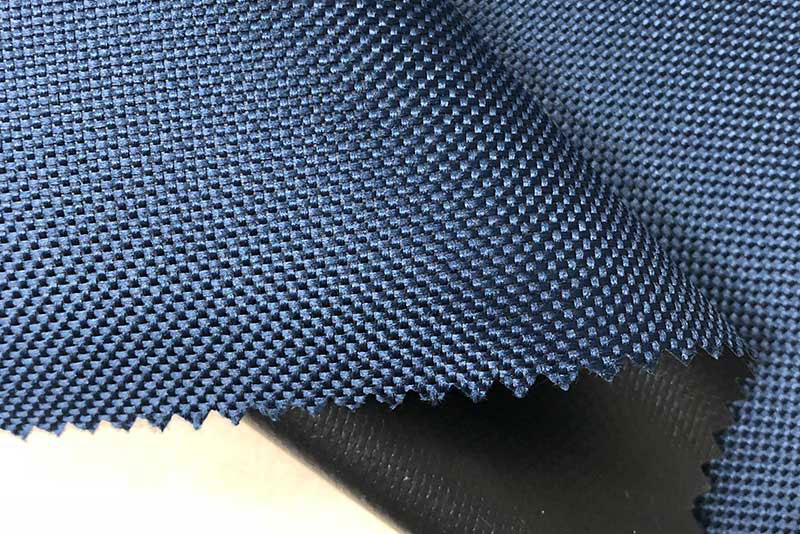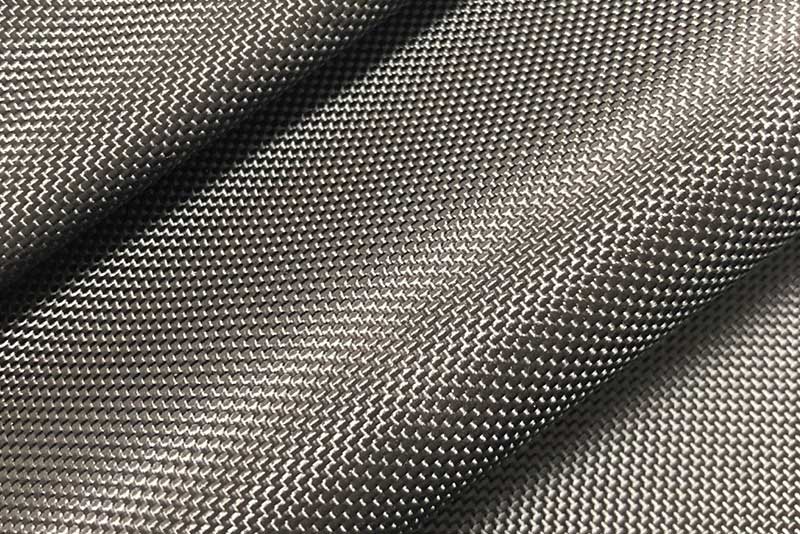Cationic fabric has become increasingly popular in outdoor sportswear due to its unique combination of functional and aesthetic properties. Here are the key aspects that make it an ideal choice for this application:
Cationic fabric offers excellent color uniformity, saturation, and retention, even after prolonged exposure to sunlight, moisture, and repeated washing. These properties are crucial for outdoor sportswear, which is often exposed to harsh environments.
By blending cationic fibers with other fibers (e.g., polyester or cotton), designers can create stylish heathered or two-tone patterns, adding aesthetic appeal to sportswear without compromising performance.
The synthetic nature of cationic fibers, often based on modified polyester, ensures that the fabric is durable and resistant to tearing or abrasion—key for outdoor activities where wear and tear are common.
Cationic fabric resists pilling, maintaining its smooth texture and appearance over time, even under strenuous use.

Cationic fabrics are designed to wick moisture away from the skin and dry quickly, keeping the wearer comfortable during high-intensity activities.
Many cationic blends allow for air circulation, which prevents overheating and ensures better thermoregulation during outdoor sports.
Despite its synthetic origin, cationic fabric can be engineered to feel soft and comfortable, making it suitable for prolonged wear.
Its low weight makes it ideal for athletes and outdoor enthusiasts who prioritize freedom of movement and reduced load.
Cationic fabric blends can be adapted for various climates. Lightweight options are ideal for summer wear, while thicker or layered blends are used in cold-weather gear.
Cationic fabrics often resist staining, making them practical for outdoor use where contact with dirt and grime is common.
These fabrics are easy to clean and maintain, a significant advantage for sportswear that is frequently washed.
Many cationic fabrics can be treated to offer UV protection, shielding athletes and outdoor enthusiasts from harmful sun exposure during prolonged activities.
Cationic fabrics are relatively affordable compared to premium technical fabrics like Gore-Tex, while still offering excellent performance, making them an appealing option for mid-range outdoor sportswear brands.
Increasingly, cationic fabrics are being made from recycled polyester, catering to the growing demand for sustainable sportswear.
Low Water Usage in Dyeing: The dyeing process for cationic fibers is more efficient, using less water and energy compared to traditional methods, aligning with environmental goals.
Cationic fabrics are often used for base layers, mid-layers, and outer layers in sportswear.
Their adaptability allows them to be used in jackets, pants, shorts, shirts, and activewear accessories, meeting a variety of outdoor and athletic needs.
The combination of high durability, moisture-wicking properties, vibrant aesthetics, and cost-effectiveness makes cationic fabric an excellent choice for outdoor sportswear. Its ability to balance style, performance, and sustainability further contributes to its rising popularity in this market.



 English
English 简体中文
简体中文 русский
русский Español
Español










